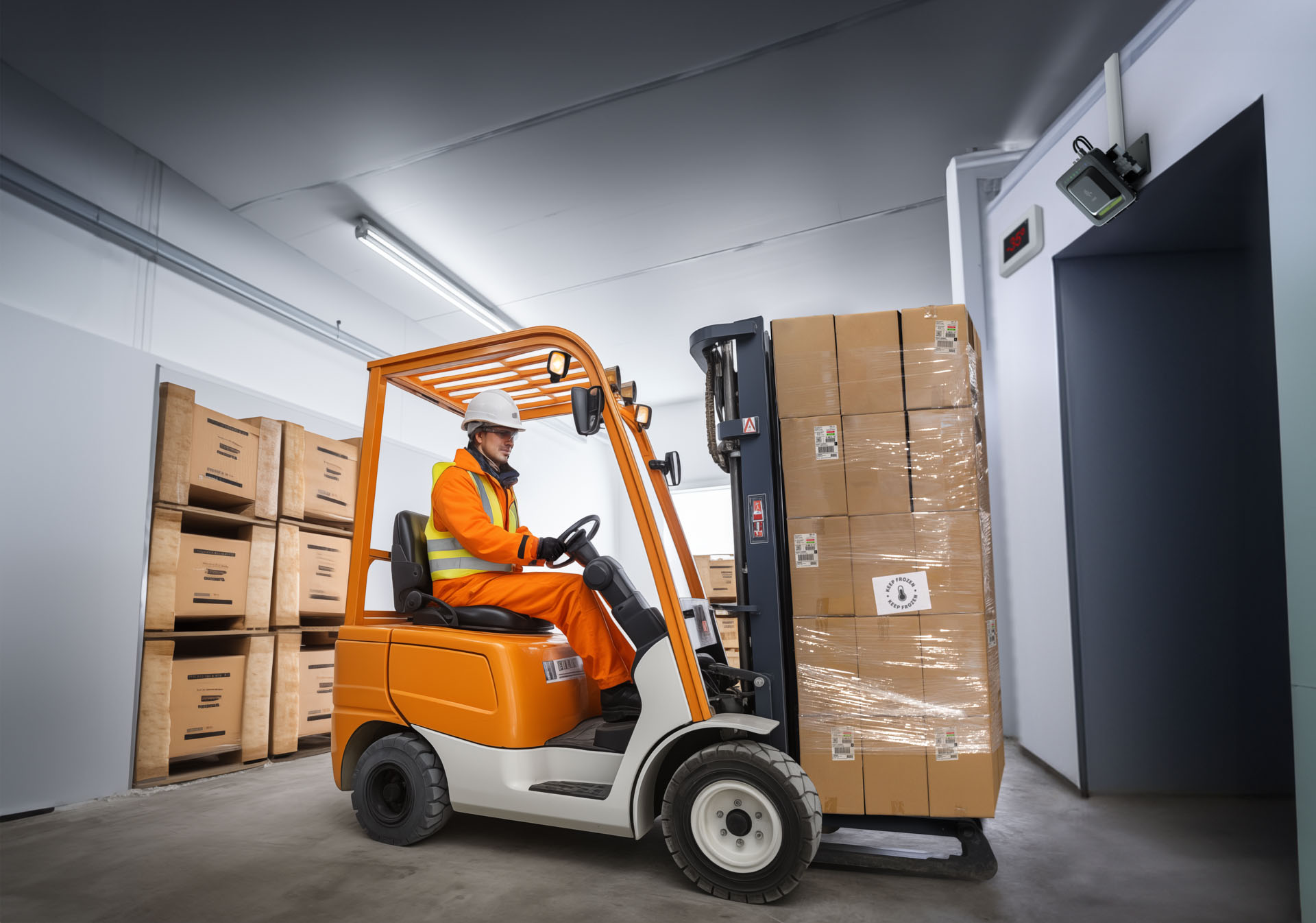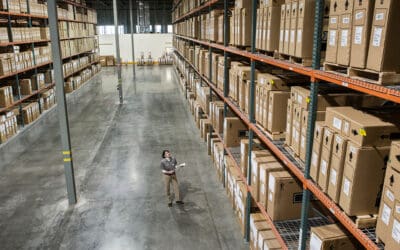Warehouse automation has been a transformative force in the logistics and supply chain industry; streamlining operations, enhancing efficiency, and ultimately reshaping the way goods are handled and distributed. The landscape of warehouse automation is continually evolving, driven by technological advancements and the pursuit of greater operational excellence.
The Critical Nature of Data Analytics
According to Zebra Technologies’ 2023 Warehousing Vision Study, a significant trend is the rise of data analytics and artificial intelligence (AI) in warehouse operations. The vast amount of data generated within a warehouse, from inventory levels to order fulfillment times, can be harnessed to optimize processes and make more informed decisions. Approximately 82% of surveyed companies plan to increase their investment in data analytics and AI technologies.
By leveraging data analytics, warehouses can gain valuable insights into consumer behavior, demand patterns, and inventory turnover rates. This enables more accurate demand forecasting, reducing the likelihood of stockouts or overstock situations. The integration of AI-powered algorithms further enhances decision-making processes, enabling warehouses to dynamically adjust their operations based on real-time data.
Autonomous Mobile Robots
Another highlight of the study is the growth of robotics in warehouses. According to the report, a staggering 87% of surveyed companies plan to increase their investment in robotics over the next few years. This points to a clear trajectory toward a more automated warehouse environment. Robotics, including autonomous mobile robots (AMRs) and robotic arms, are increasingly becoming integral components of the modern warehouse ecosystem.
The adoption of robotics is driven by the need for increased efficiency and accuracy in warehouse operations. Automation reduces the reliance on manual labor for routine and repetitive tasks, minimizing the risk of errors and enhancing overall productivity. The study indicates that 74% of respondents expect automation to significantly improve their order accuracy, emphasizing the positive impact that technology can have on the quality of service provided by warehouses. This includes barcode and RFID technologies, wearable computers, vision systems and more.
The Smart Warehouse
The concept of the “smart warehouse” is gaining traction, with 68% of surveyed companies expressing their intention to invest in technologies that enable real-time visibility into warehouse operations. Smart warehouse solutions, such as Internet of Things (IoT) sensors and RFID technology, allow for the continuous monitoring of inventory, equipment, and environmental conditions. This real-time visibility not only improves inventory accuracy but also enhances security and compliance.
Growing Importance of Sustainability
In addition to technological advancements, the Warehousing Vision Study sheds light on the growing importance of sustainability in warehouse operations. Approximately 63% of surveyed companies are prioritizing sustainability in their automation initiatives. This reflects a broader shift in the industry towards environmentally conscious practices.
Sustainable warehouse automation involves the adoption of energy-efficient technologies, the use of recyclable materials in packaging, and the optimization of transportation routes to minimize carbon emissions. By integrating sustainability into their automation strategies, warehouses not only contribute to environmental conservation but also stand to benefit from cost savings and improved brand reputation.
There is a greater emphasis on leveraging technology to create more efficient, responsive, and environmentally friendly warehouses. The insights from Zebra’s study underscore the industry’s commitment to embracing cutting-edge technologies to drive innovation and meet the evolving demands of the modern supply chain. As warehouses continue to evolve, automation, data analytics, and sustainability will allow for greater efficiency and sustainability in logistics and supply chain management.


